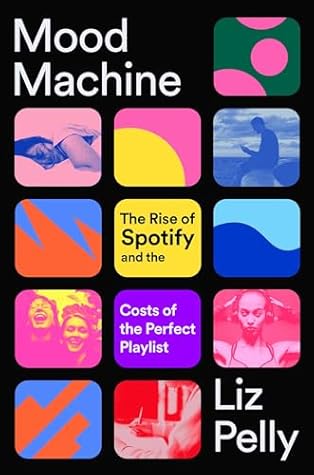More on this book
Community
Kindle Notes & Highlights
by
Liz Pelly
Started reading
May 24, 2025
Cornils points to Jacques Attali’s idea in Noise: The Political Economy of Music that “the music industry is not devoted to the production of supply, but rather to the production of demand itself.” Playlists don’t just respond to users’ musical interests, but manufacture them, too.
In time, the lean-back dynamic would infiltrate not just streaming, but a lot of the experience of being an internet user. One former Spotify engineer I spoke with described the TikTok feed, and Spotify’s eventual attempts at approximating it, as an ultimate distillation of lean-back listening: “You’re not putting any input in. You’re just being shown things. You’re giving it input based on which things you linger on longer, or what you skip. But it’s not like you’re choosing what you want.”
Oliveros long meditated on the concept that hearing is involuntary in nature, while listening requires consciousness. This is to say, she made a strong case that the act of listening was virtually incompatible with multitasking. In the Oliveros tradition, listening is something that requires focused attention on the act of listening, to music or sound or the natural world or the person next to you.24
It follows that a population paying so little conscious attention to music would also believe it deserving of so little financial remuneration.
the non-listening pervading culture today, which perhaps has a longer history in tying the act of listening to personal computers or mobile devices, pieces of listening hardware that almost ensure a listener will be splitting their attention between music and some other activity.
Taken to its logical endpoint, that’s a mode of engagement that becomes hostile to art.
“You’re boxing people into a context and saying, we’re only going to let you know this much, so you want this, based on what we’re allowing you to know,” a former Spotify playlist editor told me. “If we gave people more context and awareness, then what they want would change.”5
By championing the lean-back listener, Spotify helped popularize a resurgence of interest in “functional music,” the industry’s current preferred way to describe music for sleeping, studying, chilling, focusing, etcetera. Today, functional music is a defining phenomenon of the streaming era, especially mood music for wellness and productivity, which self-improvement culture increasingly renders the same.


